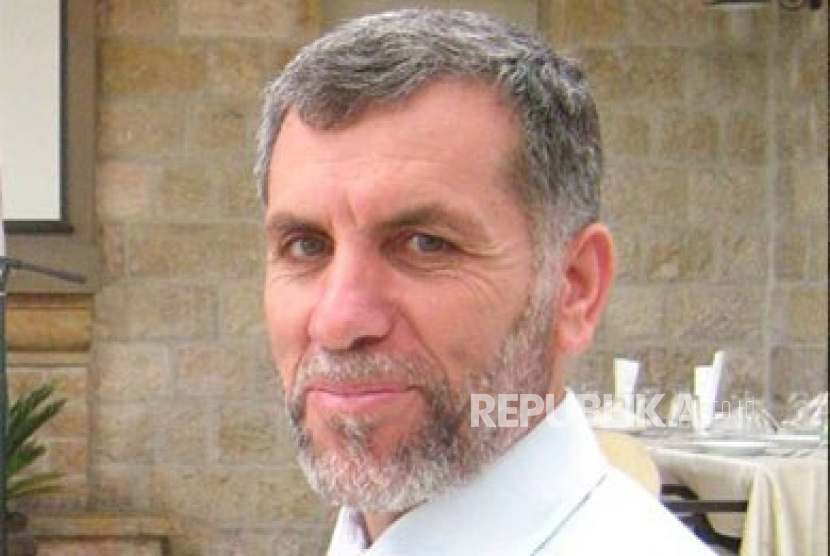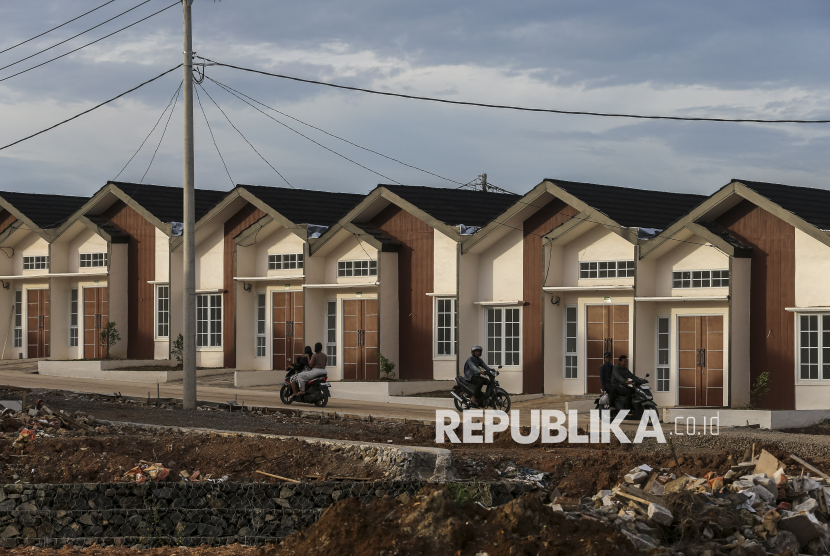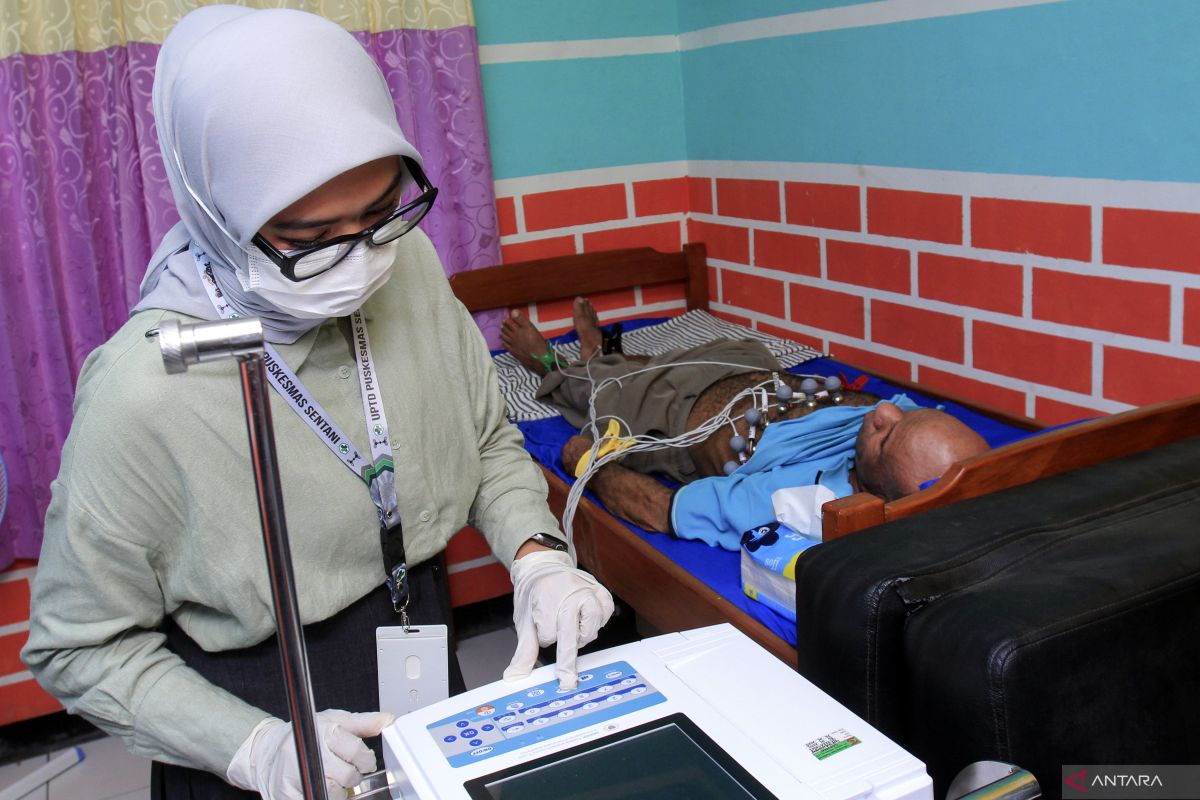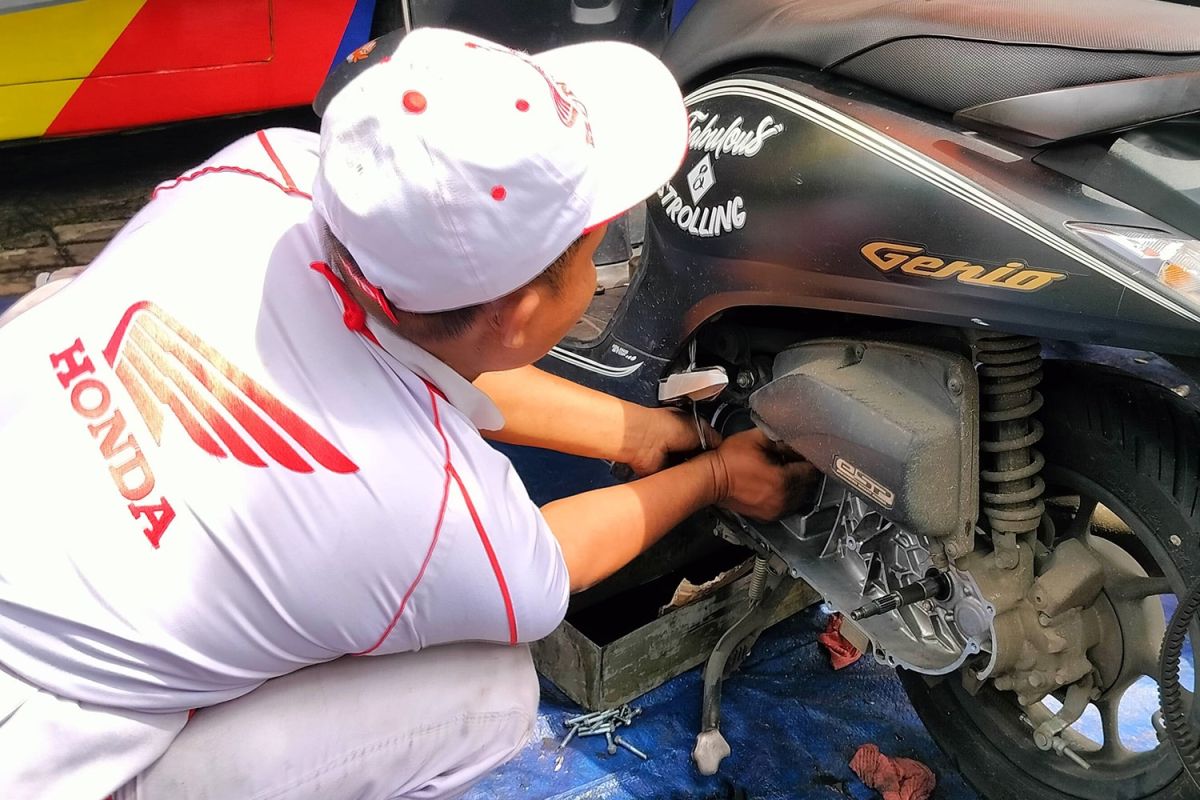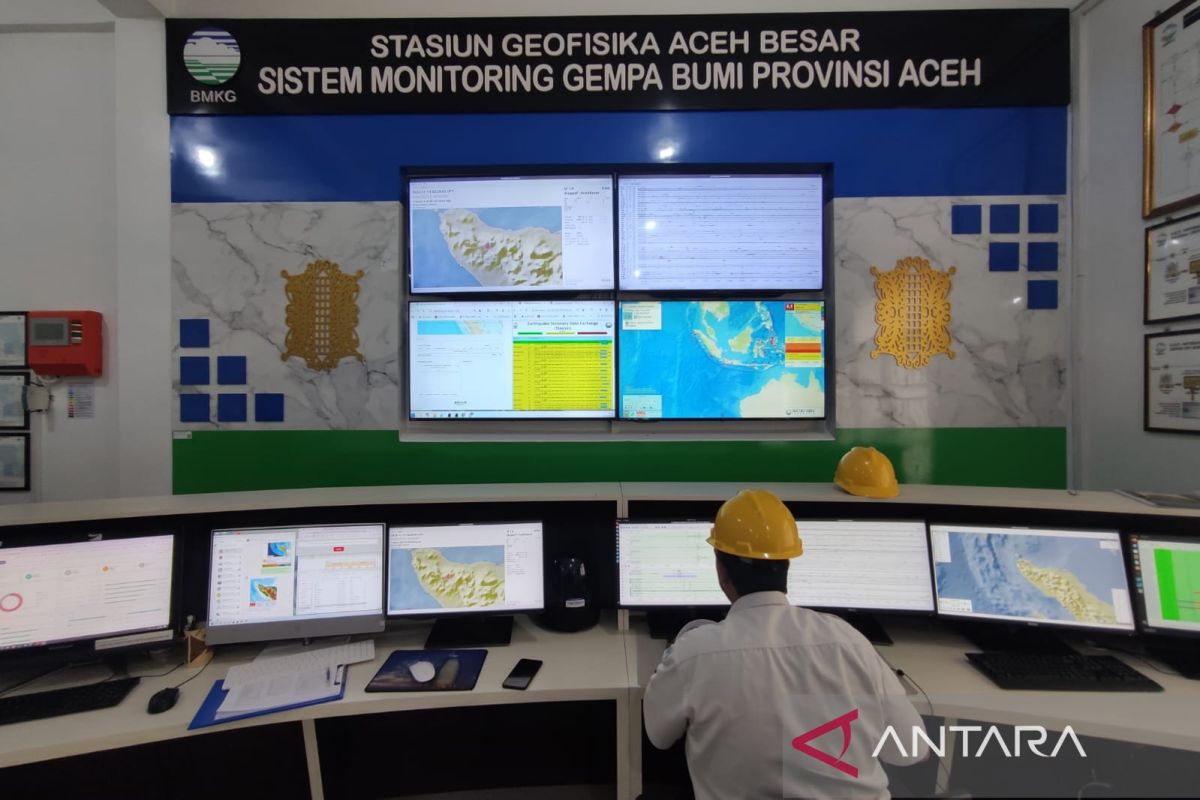We Cannot Manage the Missing Food That We Cannot Measure
No matter how large quantity of food humans can produce, it will never be a sustainable way to feed the world when food becomes 44% of landfill waste.

By: Amalia Adininggar Widyasanti, Interim Head of Indonesian Central Bureau of Statistics (BPS), and Rajendra Aryal, Representative of Food and Agriculture Organization of the United Nations (FAO) in Indonesia and Timor Leste.
The essence of statistics in public policy is to provide the evidence base that informs relevant stakeholders and monitors the development and delivery of programs and policies. In the area of food loss and waste (FLW), this evidence shows a third of is lost or wasted globally. In Indonesia, the estimated FLW – the ‘missing food’ could have fed almost one third of its population, with economic losses reach Rp213-551 trillion per year, or 4-5% of GDP. Physical loss percentages still require more accurate data. The largest quantity of food loss occurs in the food crop and horticulture subsectors, particularly rice, the main staple for most Indonesians. Meanwhile, FLW in poultry sector has also seen a sharp rise in recent years.
No matter how large the quantity of food humans can produce, it will never be a productive and sustainable way to feed the world when food becomes 44% of landfill waste. The costs are staggering – be it farmer’s hard work, water use, soil and greenhouse gas emissions (GHG). Globally, agrifood systems account for around 30% of GHG. FLW make up to 8-10 % of the emissions.
Reducing FLW requires evidence on where, when and why they occur. Food loss occurs on the production side of the supply chain from farm to pre-retail; while food waste occurs from retail to consumers, including at household level. In a simpler term, some food ends up in bins before even reaching our plates, it becomes food loss. While every meal that we do not finish contributes to food waste.
Nearly ten years since the world adopted the Sustainable Development Goals (SDG), a global challenge persists in reducing FLW and achieving Goal 12: responsible production and consumption. One of its targets is to halve global food loss and reduce food waste by 2030. Equally ambitious is Indonesia’s goal to reduce three quarters of its FLW by 2045. FAO leads the global methodology in measuring food loss and country production of their national Food Loss Index (FLI) while the UN Environment Programme (UNEP) leads the global methodology on food waste measurement and the Food Waste Index (FWI). They work together with countries in reducing FLW.
To effectively manage this issue, Indonesia needs high-quality data to support evidence-based policy. This led to collaborative work between FAO and the Government, led by BPS. We aim to harmonise existing Indonesian data with global statistical methodologies developed by FAO and approved by the UN Statistics Commission, which represents over 180 countries. The output will be an Indonesian Food Loss Index (FLI) and commodity food loss percentages. They estimate more accurately food losses in at least ten of Indonesia’s high-value food commodities, namely: rice, maize, banana, chili, palm, cassava, beef, broiler chicken, eggs, mackerel and seaweed.
This exercise will start with examining existing data across agencies, including from the national Distribution Pattern Survey, the 2017 Farmer’s Terms of Trade Weighing Diagram Improvement Survey, and Unhusked Paddy Conversion and Loss Survey from BPS, the Food Balance Sheet Survey from the National Food Agency, and data from the Ministry of Agriculture, other ministries and bodies. By using existing data, where possible, we maximize data reuse. It reduces the costs and burden of new large-scale data collection exercises. Although, data gaps may also be filled with new surveys, including national agricultural surveys.
By following international methodologies, we ensure sound statistics and the ability to compare food loss across time and across countries. If successful, Indonesia will become one of the countries globally to lead FLI calculation, alongside India. This FLI collaborations also builds on previous collaborations between BPS and FAO on other agriculture statistics, including the agriculture census, and the Integrated Agricultural Survey (SITASI).
These synergies across data sources and data leads will produce more comprehensive statistics. By measuring food loss, we shine a light on where, when and why it occurs, and inform decisions to reduce it, fulfilling the adage, “what gets measured, gets done.” Data synergies also foster intersectoral collaboration in formulating policies and practices for FLW reduction, as well as provide evidence to policy makers. Some key counter measures such as strengthening national food logistics systems, sustainable management of agrifood systems, and building people awareness for reducing FLW require this collaboration.
While statistical efforts above may take time, each of us can start acting now by finishing every next meal we can gratefully enjoy, while very sadly 1 in 11 people around the world cannot afford to have enough meals. In parallel, educational campaigns and other efforts to change the behaviour of consumers and producers not to waste food are needed. The ongoing free nutritious meal programme (makan bergizi gratis – MBG) serves as an impetus to speed up our collective efforts in reducing food loss and waste, while providing educational efforts on the importance of nutritious food for improving human quality and reducing FLW along the value chains. While the programme may trigger an increase in food production, it also gives an opportunity to widely promote a habit of finishing every meal and reducing waste in the food consumption, especially when it's a nutritious one.
Again, Loss Index (FLI) and Food Waste Index (FWI) are powerful statistics contributing to improve economic efficiency and support a more sustainable development.
*) DISCLAIMER
Articles published in the “Your Views & Stories” section of en.tempo.co website are personal opinions written by third parties, and cannot be related or attributed to en.tempo.co’s official stance.







